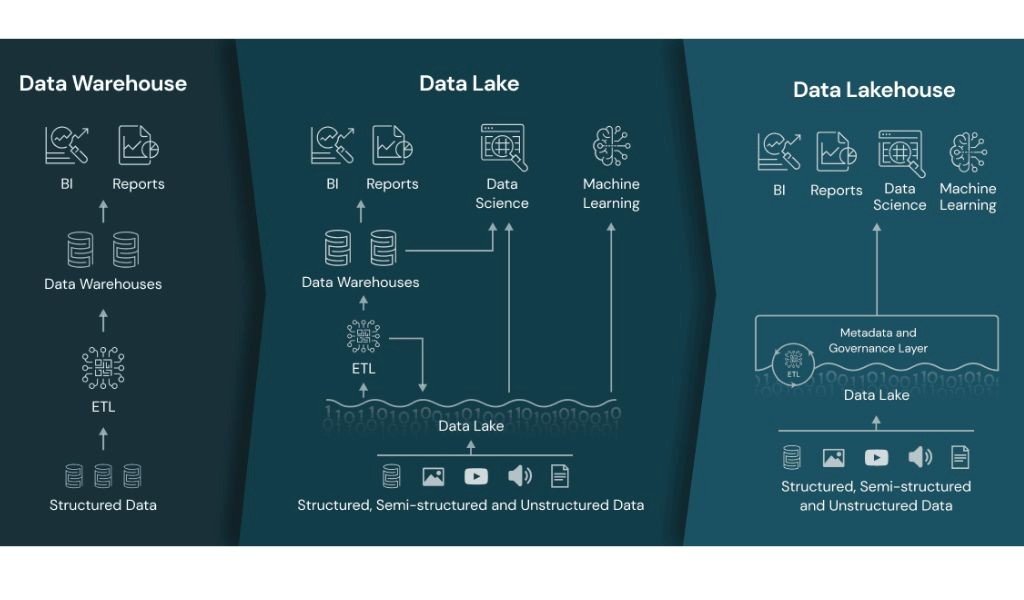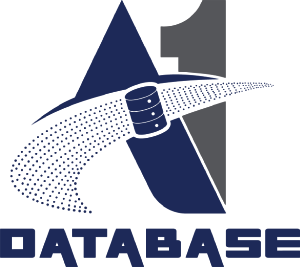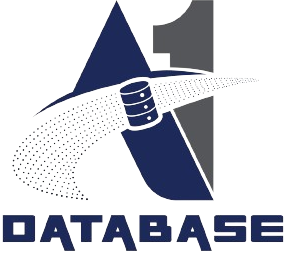- December 12, 2024
- by Admin
- Data Enrichment
To elevate your data, a structured process must be followed. This entails the following procedures:
Recognizing Your Data Sources
The first action involves identifying and evaluating potential data sources, which may be internal or external. This is an important step, as the format of incoming data can vary based on its source. By recognizing the origins of your data, you can implement the appropriate measures to enrich it effectively.
Data Gathering and Consolidation
Once the data sources have been recognized, the next action is to collect and integrate the data into a central repository. This process may include data cleansing, transformation, and standardization to maintain consistency and compatibility across diverse data sources.

As an example, when implementing a centralized CRM to manage your contact information, it is vital to ensure that all contact fields are formatted consistently. If there is a common field for recording the birthdays of contacts, it should adhere to a uniform format, such as DD/MM/YYYY or MM/DD/YYYY. If data is collected from various sources that utilize different conventions, it is crucial to convert this data into the correct format to prevent errors that may occur due to t intact, it should adhere to a uniform format, such as DD/MM/YYYY or MM/DD/YYYY.
If data is collected from various sources that utilize different conventions, it is crucial to convert this data into the correct format to prevent errors that may occur due to the centralization of information.
Data Matching and DE duplication
The processes of data matching and duplication are essential for organizing your data effectively and eliminating any duplicate entries that may lead to confusion. Data matching entails the identification and connection of records that correspond to the same entity, whereas duplication focuses on the removal of duplicate records to maintain data accuracy and integrity.
Data Enhancement and Refinement
Data enrichment fundamentally involves the enhancement and refinement of data by supplementing it with additional information. This may consist of adding new attributes, such as demographic information, industry insights, or social media profiles.
Data Quality Assessment
Analysing data quality throughout the data enrichment process is vital. This analysis focuses on identifying and correcting errors, inconsistencies, and missing values. Such efforts are necessary to validate the accuracy and completeness of the enriched data, ensuring its reliability for subsequent applications.
Data Governance and Maintenance
At this moment, we have enriched data that can be effectively utilized for analytics and reporting. However, it is essential to recognize that data enrichment is an ongoing process that requires continuous governance and maintenance.
Therefore, businesses should establish robust data governance policies to ensure the security, privacy, and compliance of their data processes. This also involves the need for regular updates to the enriched data to accurately reflect current customer information, market trends, and business details.

